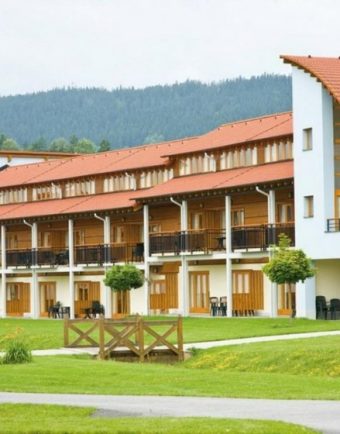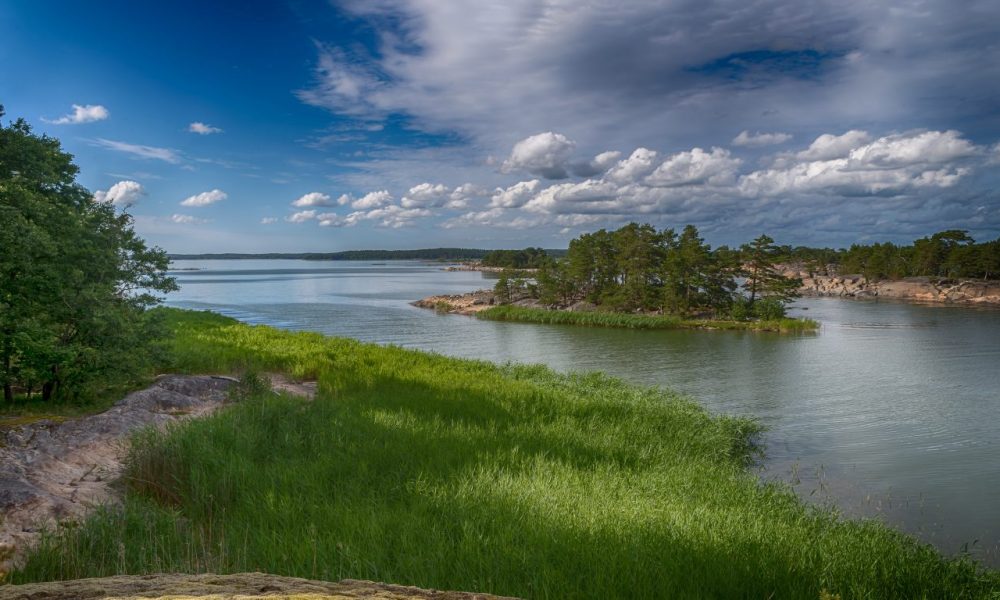

Přejít k obsahu | Přejít k hlavnímu menu | Přejít k vyhledávání

The land of a thousand lakes. Saunas, vodka, ski jumping, unique language, top education, equality for women, hockey, metal bands and the Nokia brand. It is also the land of endless days during the summer and incredibly long nights in the winter. We are, of course talking about Finland, a
The land of a thousand lakes. Saunas, vodka, ski jumping, unique language, top education, equality for women, hockey, metal bands and the Nokia brand. It is also the land of endless days during the summer and incredibly long nights in the winter. We are, of course talking about Finland, a cold country in Scandinavia, where really growing anything is even harder than here in the middle of Europe. But maybe even better times are shining here. Thanks to smart technologies that are transforming agriculture from the ground up. The traditional field of human activity is now experiencing another major wave of the technological revolution.
But let’s go step by step, and let’s start – as civilization already commands – in Athens. Although the Finnish ones, in the city of Jyväskylä, which is nicknamed “Finnish Athens”. A city of 100,000, which is 270 kilometres north of Helsinki and which is especially well known to motorsport fans, because the Rally of Thousands of Lakes is held there every year.
This is where the largest traditional international trade fair for the electrical engineering industry, Sähkö Telo Valo Av, took place in February, where almost 300 electrical manufacturers or retailers exhibited, attracting tens of thousands of people to the trade fairground. Among the exhibitors was also the Czech company ELKO EP, the manufacturer of iNELS Air equipment.
“For the Internet of Things, we were able to offer a solution for a smart city, where visitors could see, for example, smart poles, sensors for street lighting or a sensor for monitoring waste in garbage cans. For smart agriculture, we have introduced a meteorological station, a sensor for measuring air humidity, temperature and atmospheric pressure or a sensor for measuring soil moisture. Another area of IoT products is smart buildings, where we focused on smoke detectors, CO2 content in the air, motion detectors, floods or a sensor for controlling doors or windows. We also introduced our standard smart home solution via the iNELS BUS system, the RF Control wireless solution or the Building Management System (BMS). Of course, there were also classic relays, which will always find their customers, “says Jan Kapitanov, sales director of ELKO EP.
What was the biggest interest? Smart farms!
A sophisticated solution for smart agriculture has become an absolute hit not only at the stand itself, but also at the entire fair. That is, the way in which sensors based on special data networks developed especially for the IoT area can monitor vast areas of territory and constantly provide up-to-date data on weather, soil condition, or monitor security.
“For a country that is four times larger than the Czech Republic, but has barely half the population, a similar way of farming is typical. Farm owners have large areas available there, but they are often separated by lakes or forests. That’s why the farmer spends a huge amount of time every day in the car driving to check individual zones. When we showed them an application that provides them with all the real-time data to their mobile phones or tablets, many visitors were completely enlightened and often led their friends and acquaintances to our stand, “adds Jan Kapitanov, adding that Finland as a technological power in In the field of telecommunications, it is one of the first to be covered by its territory with a signal that iNELS Air products use.
This repeated the situation that iNELS, with its solution for smart agriculture, experienced in Ukraine, for example. “Countries with low population density are made for IoT solutions. In Czech conditions, smart technologies are also suitable, but most of the times you can still imagine that you are physically guarding your areas. In Ukraine, however, we are talking about huge hectares of agricultural land, which is practically impossible to protect physically. Similarly, it is in Finland, again a huge country, in addition, very harsh conditions, so there are a number of uses for sensors – whether it is light, temperature or humidity, “concludes Jan Kapitanov.